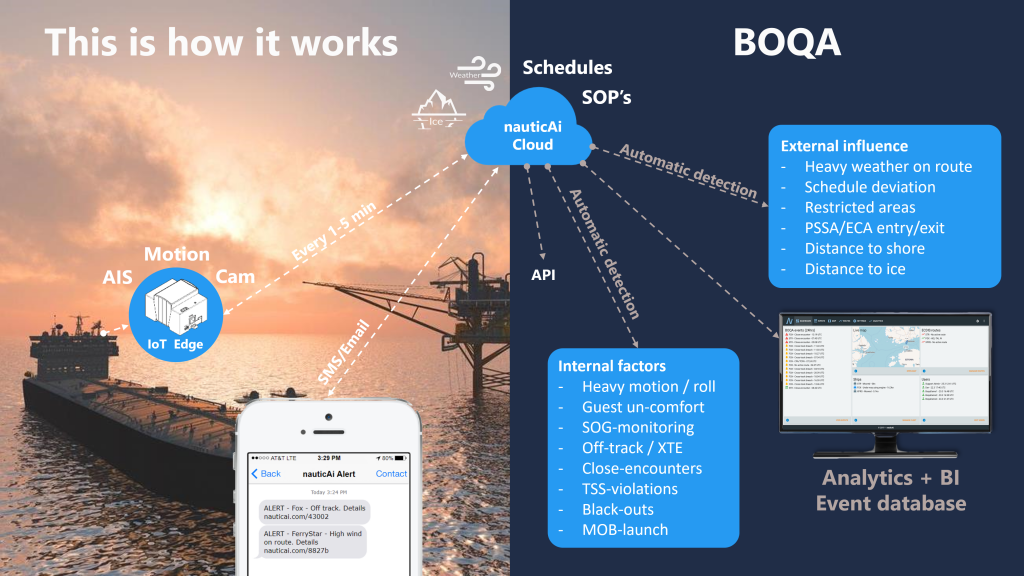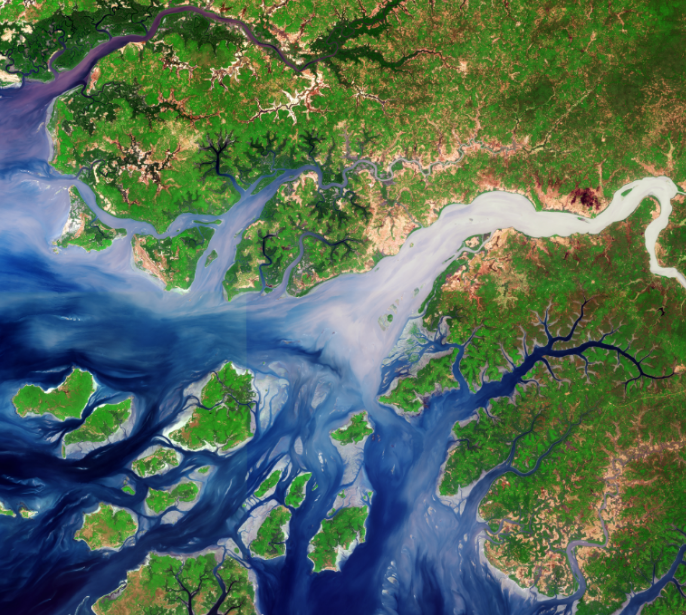AWS Public Sector Blog
Tag: Amazon Sustainability Data Initiative
Addressing environmental challenges with the AWS Cloud
Azavea believes in the power of geospatial technology to improve communities and the planet. Azavea has been exploring the power of this technology to help their clients to answer complex questions in a wide range of domains from urban ecosystems, infrastructure planning, and economic development to water, energy, and climate change. As part of the Amazon Sustainability Data Initiative (ASDI), we invited Jessica Cahail, product manager at Azavea, to share how her organization is using AWS and open data to develop tools that help users address environmental challenges and deliver knowledge to support decision making.
Driving sustainability through youth engagement
Today, speakers at the 24th World Scout Jamboree (WSJ) will introduce nano, a new gamified app developed on the Amazon Web Services (AWS) Cloud that encourages youth around the world to adopt daily sustainability practices to help improve our planet. The Scouts are also launching #ScoutsRecycle, a campaign that leverages the nano app for sustainability. Through nano, scouts will be able to measure the impact of their efforts by calculating the CO2e emissions avoided through #ScoutsRecycle.
Embracing the cloud for climate research
Scientists at NC State University’s North Carolina Institute for Climate Studies (NCICS) work with large datasets and complex computational analysis. Traditionally, they did their work using on-premises computational resources. As different projects were stretching the limits of those systems, NCICS decided to explore cloud computing. As part of the Amazon Sustainability Data Initiative, we invited Jessica Mathews, Jared Rennie, and Tom Maycock to share what they learned from using AWS for climate research. As they considered exploring the cloud to support their work, the idea of leaving the comfort of the local environment was a bit scary. And they had questions: How much will it cost? What does it take to deploy processing to the cloud? Will it be faster? Will the results match what they were getting with their own systems? Here is their story and what they learned.
Earth Science Information Partners: Promoting innovation for Earth science data
The Earth Science Information Partners (ESIP) is a US-based nonprofit organization funded by NASA, NOAA, and the USGS. ESIP is playing a critical role in facilitating collaborative efforts to improve the collection, stewardship, and use of Earth science data and information. As part of the Amazon Sustainability Data Initiative, we invited Dr. Annie Burgess, ESIP Lab Director, to share the story of how ESIP is advancing knowledge of Earth-system science.
Announcing Cloud Grants to Improve Understanding of Our Planet
The Group on Earth Observations (GEO) announced the 21 projects from 17 developing countries that will be awarded $1.5 million USD worth of cloud services, grants, and technical support through the Earth Observation Cloud Credits Programme. Under the Amazon Sustainability Data Initiative (ASDI), this programme will enable Earth observations and applications to support sustainable environmental development including the United Nations Sustainable Development Goals, the Sendai Framework for Disaster Risk Reduction, and the Paris Agreement on Climate Change.
Geo-Diverse Open Training Data as a Global Public Good
Radiant Earth Foundation is a nonprofit focused on delivering open geospatial data and analytics to the global development community (GDC) in support of their missions to address the Sustainable Development Goals (SDGs) and other key targets. Radiant Earth supports GDC by aggregating open geospatial data and providing access through its cloud-based platform, generating open Earth Observation (EO) machine learning tools and training data libraries, and creating new metadata standards through its MLHub Earth initiative. Additionally, the organization offers training resources to support capacity development and expertise in the geospatial and remote sensing sciences.
Maritime Operations – Automating Operational Quality Assurance with AWS and Open Data
nauticAi is a maritime startup from Finland, specializing in affordable intelligent awareness solutions for ship operators. The company’s BOQA-solution (Bridge Operations Quality Assurance) automates the Operational Quality Assurance of maritime operations with proven methods from the flight industry. A few key components in their solution include open weather data from NOAA and Finnish FMI, Internet of Things (IoT) technology, and a serverless AWS architecture using AWS Lambda and Amazon Aurora. As part of the Amazon Sustainability Data Initiative, we invited Capt. Henrik Ramm-Schmidt, CEO and founder of nauticAi, to share the story of nauticAi with us.
BlueDot Observatory – keeping an eye on our planet’s water resources
Managing water crises is one of the Sustainable Development Goals and the decline in the available quality and quantity of fresh water is ranked as one of the top ten most serious societal risks by the World Economic Forum’s 2018 Global Risks report. Using satellite imagery available through the AWS Open Data Program and the AWS Cloud, BlueDot Observatory is establishing a global monitoring system for all at-risk water bodies. This monitoring reveals a sad truth – the total loss of water bodies is in the not too distant future.
We invited Anze Zupanc, a data scientist who manages the BlueDot Observatory at Sinergise, to share how the AWS Open Data Program and the Amazon Sustainability Data Initiative support this work.
The Amazon Sustainability Data Initiative: Driving sustainability innovation with open data and cloud technology
Amazon today announced the Amazon Sustainability Data Initiative to promote sustainability research, innovation, and problem solving by making key data easily accessible and even more widely available. The Amazon Sustainability Data Initiative leverages Amazon Web Services’ technology and scalable infrastructure to stage, analyze, and distribute data, and is a joint effort between the AWS Open Data and Amazon Sustainability teams.
Estimating Hurricane Wind Speeds with Machine Learning
Better estimates of hurricane wind speeds can lead to better decisions around evacuations and general hurricane response planning, saving both lives and property. Hurricane windspeed estimates are currently made using the manual Dvorak technique. The National Hurricane Center releases them every three to six hours. Artificial intelligence (AI) experts with the IMPACT team at NASA’s Marshall Space Flight Center and Development Seed created the Deep Learning-Based Hurricane Intensity Estimator to automate this process.









